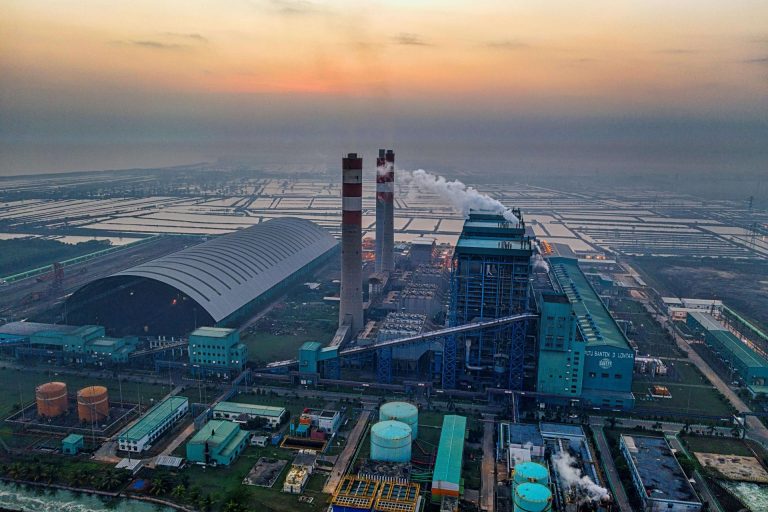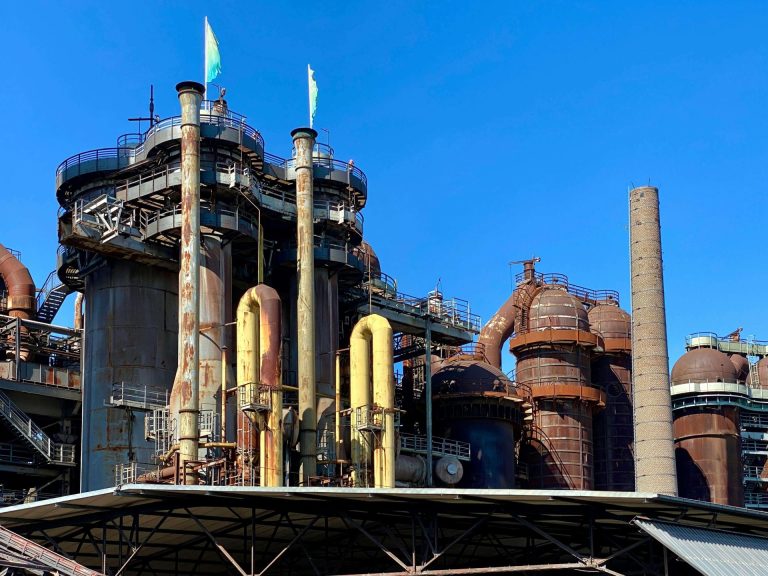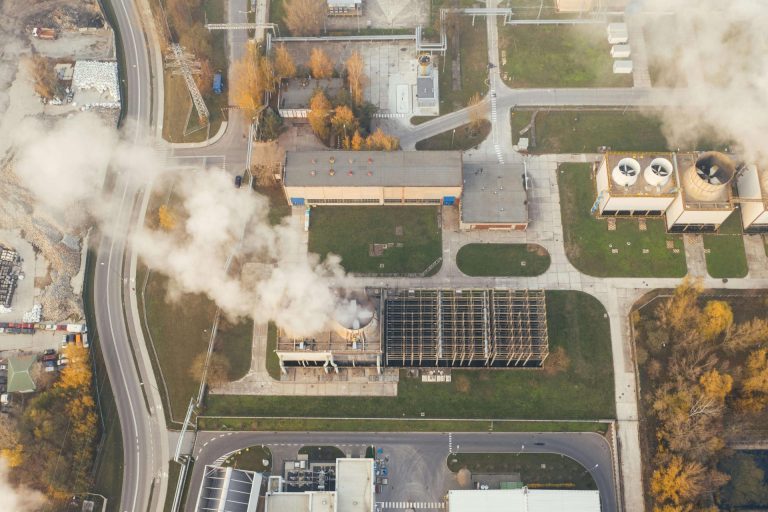Optimizing Petrochemical Furnace Materials: Key Strategies
Petrochemical heating furnaces are core equipment in petroleum and chemical production, often operating under extreme conditions such as high temperatures, high pressure, and corrosive media. The rationality of material selection directly determines the furnace's lifespan, safety, and economic efficiency. This article explores material selection for petrochemical heating furnaces, focusing on critical factors, common material properties, and real-world case studies, providing insights for engineering design and maintenance.
I. Core Considerations for Material Selection
- Operating Environment Analysis
- Temperature Range: High-temperature zones (e.g., radiation sections) may reach 800–1200°C, requiring materials with high-temperature creep resistance and oxidation resistance. Low-temperature zones (e.g., convection sections) demand thermal conductivity efficiency.
- Corrosive Media: Sulfides, naphthenic acids, hydrogen environments (HIC/SOHIC), and other factors accelerate material degradation. For example, sulfide corrosion must be prioritized in high-sulfur crude oil processing.
- Mechanical Stress: Materials must exhibit fatigue resistance under long-term thermal stress, pressure fluctuations, and vibrational loads.
- Material Performance Requirements
- High-Temperature Stability: Prioritize materials with excellent high-temperature strength (e.g., creep resistance). Cr-Mo steels, for instance, retain strength above 500°C.
- Corrosion Resistance: Match materials to media characteristics. While 316L stainless steel performs well in weakly acidic environments, high chloride ion concentrations may induce pitting.
- Fabrication and Weldability: Complex furnace tube structures require materials with good formability, and post-weld sensitization issues (e.g., intergranular corrosion in austenitic stainless steels) must be avoided.
- Cost and Lifecycle Economics
- Balance initial investment with maintenance costs: Nickel-based alloys (e.g., Incoloy 800H) offer superior performance but require lifecycle cost analysis to justify their high expense.
- Environmental regulations may restrict materials containing molybdenum or rare elements.
II. Selection Process and Engineering Practices
- Systematic Selection Workflow
- Step 1: Operating Condition Modeling Collect temperature-pressure profiles, media composition (sulfur content, acid value, halogens), and thermal load distribution.
- Step 2: Failure Mode Prediction Identify potential failures (e.g., carburization, oxide spallation, stress corrosion cracking) using historical data.
- Step 3: Material Screening Shortlist candidates per ASME BPVC, NACE MR0175, and other standards.
- Step 4: Simulation and Validation Validate material performance via high-temperature/pressure corrosion tests and finite element analysis (FEA).
- Case Studies
- Case 1: Crude Distillation Unit Heater Tubes
- Issue: Original 316L tubes showed localized pitting under 1.5% sulfur and naphthenic acid.
- Solution: Upgraded to duplex steel 2205 (UNS S32205), tripling corrosion resistance and extending service life to 8 years.
- Case 2: Ethylene Cracking Furnace Radiation Tubes
- Requirement: Long-term operation at 1050°C with carburization and thermal fatigue resistance.
- Material: HP40Nb (25Cr-35Ni-Nb) centrifugally cast tubes, enhanced with niobium to inhibit carbide coarsening.
- Case 1: Crude Distillation Unit Heater Tubes
III. Future Trends and Innovations
- Composite Materials
- Ceramic coatings (e.g., Al₂O₃-ZrO₂) combined with metal substrates improve high-temperature and corrosion resistance.
- Digital Selection Tools
- Machine learning-driven databases (e.g., Granta MI) enable multi-objective optimization.
- Eco-Friendly Materials
- Low-cobalt nickel alloys and high-recyclability steels align with carbon neutrality goals.
Material selection for petrochemical heating furnaces is a multidisciplinary decision requiring balance among performance, cost, and safety. Advances in materials science and evaluation methodologies empower engineers to optimize selections for long-term reliability. Final decisions must align with specific operating conditions and adhere to dynamic updates in standards such as API 530 and API 571. By integrating innovation with practical insights, the industry can ensure safer, more efficient, and sustainable furnace operations.





